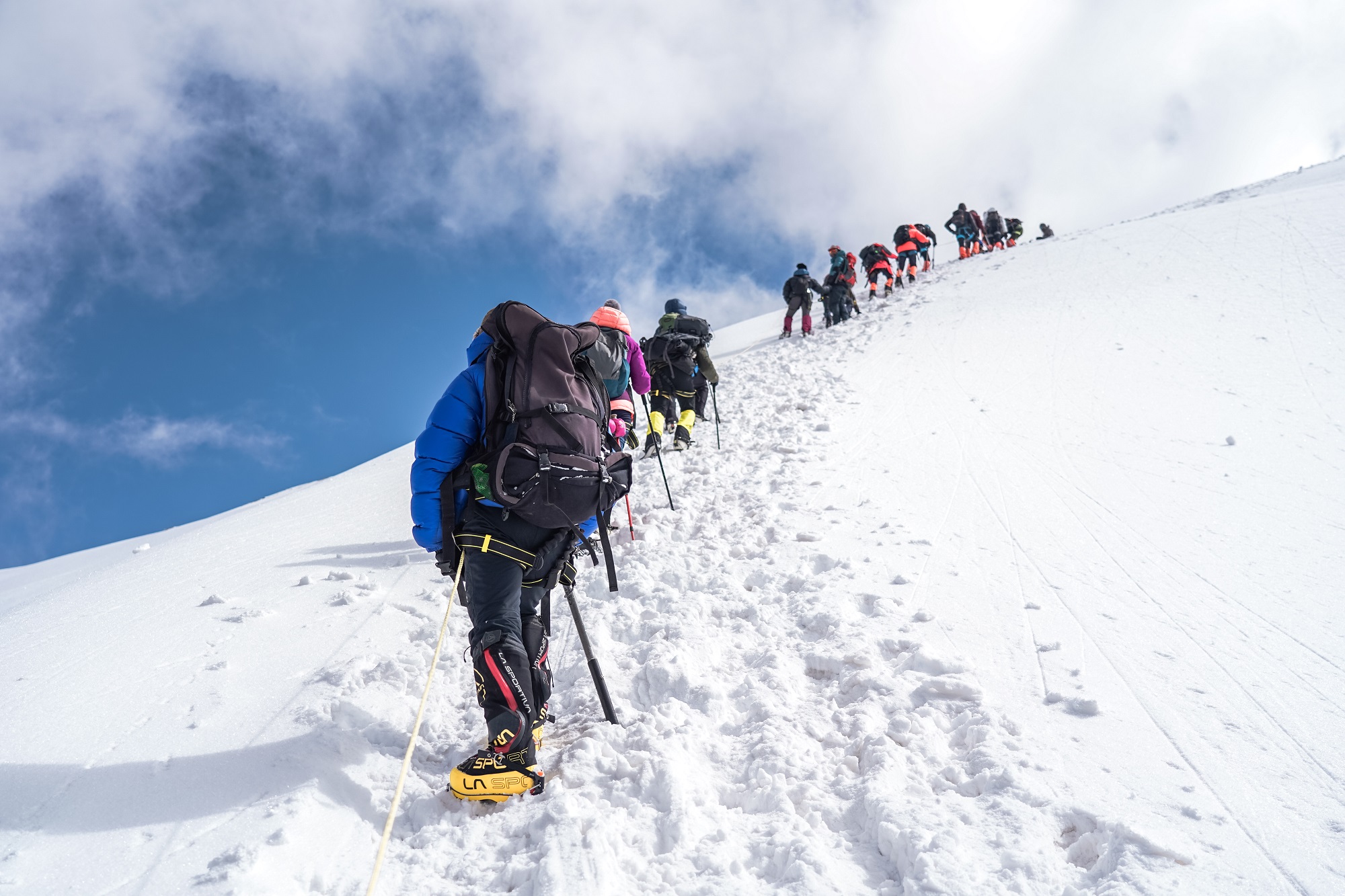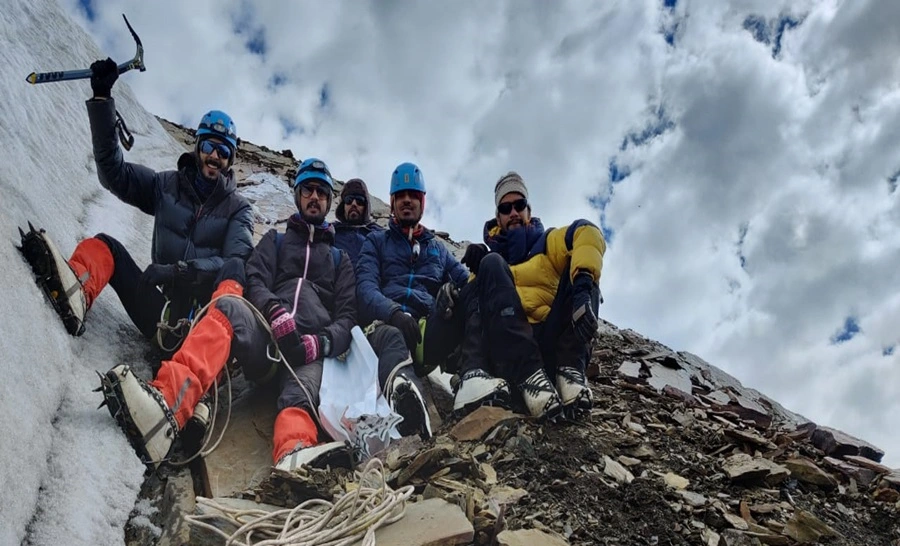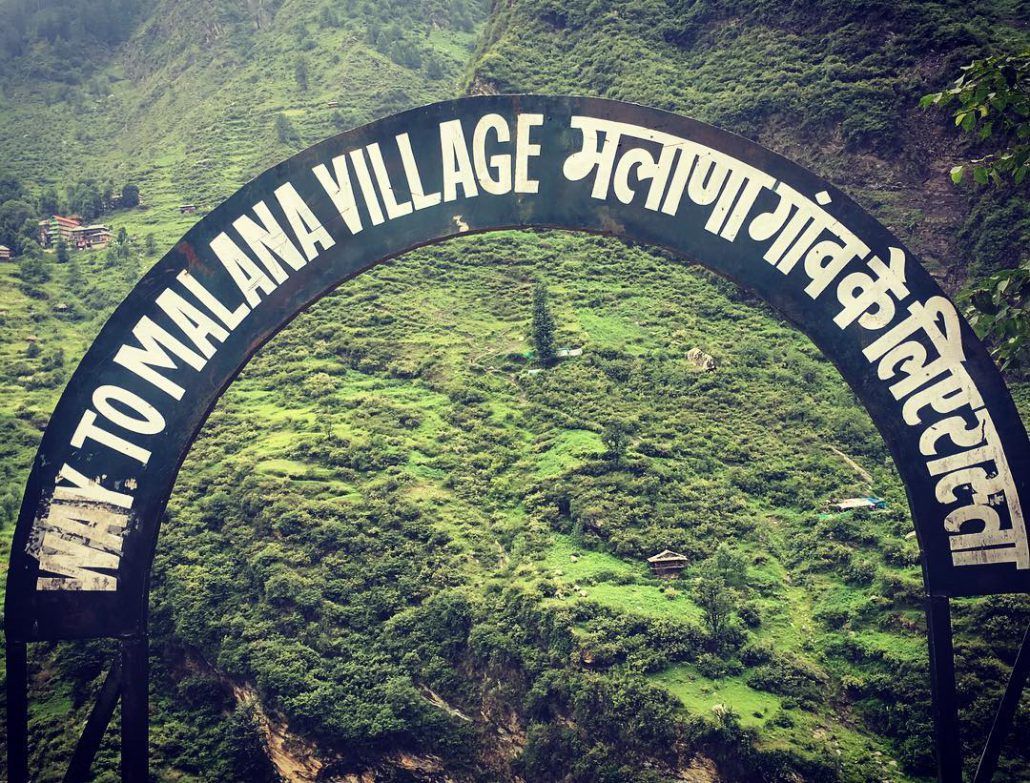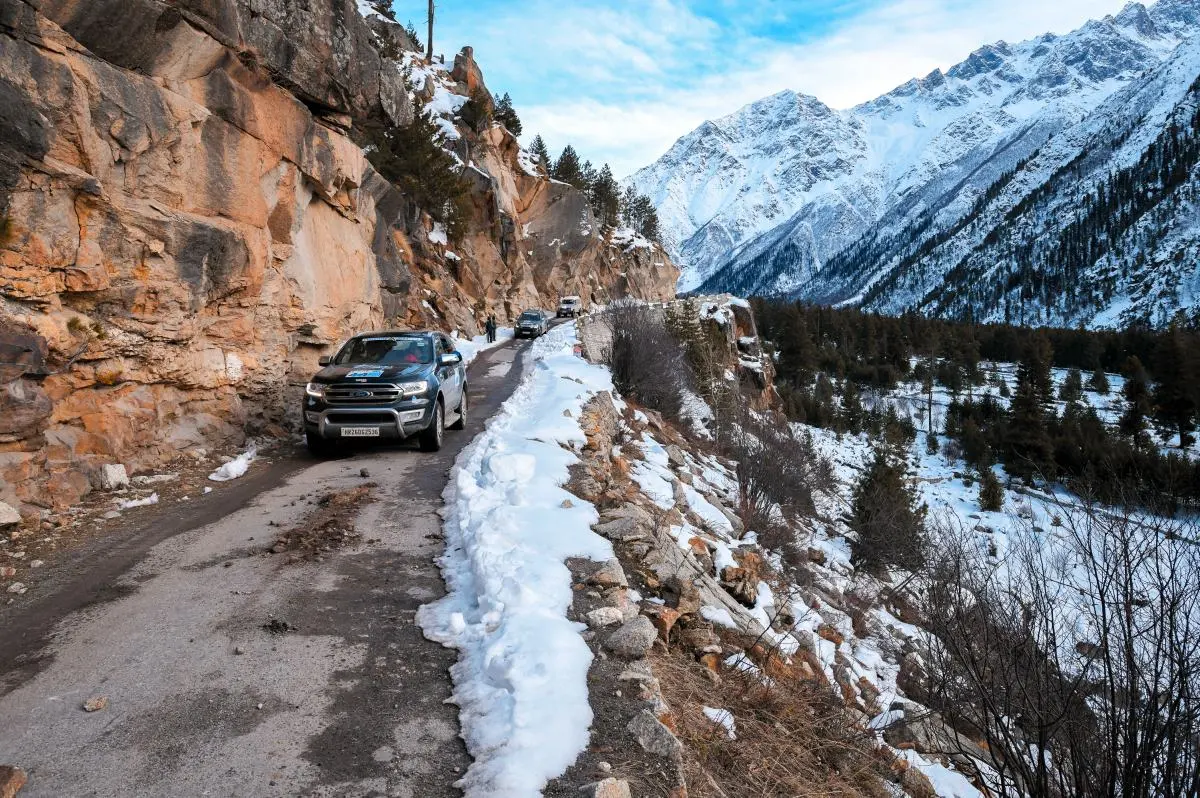Friendship Peak: Himalayan Heights to Lasting Bonds
Ever wondered why a majestic peak in the Himalayas is named ‘Friendship’? The answer lies not only in its towering heights but also in a touching tribute. Friendship Peak is believed to be associated with the Indo-Tibetan Border Police (ITBP) personnel who named it as a tribute to the strong camaraderie and friendship formed during their expeditions in the region. The peak has become a symbol of the bonds forged between trekkers and climbers amidst the challenges of the Himalayan terrain, giving it a name that resonates with the spirit of unity and companionship.


Mount Friendship’s Charm and Overview
Let’s delve into the details of this mesmerizing expedition and unlock the secrets that make Friendship Peak a beacon for those seeking both adventure and tranquillity.
Location: Himalayan Gem in Himachal Pradesh
Friendship Peak is a captivating mountain nestled within the Pir Panjal range, forming a picturesque part of the Kullu District in Himachal Pradesh, India. You can refer to detailed topographic maps and navigation tools for a precise understanding of the route and location.
The trek to Friendship Peak offers a range of adventures, including navigating moraines, glaciers, crevasses, and challenging terrains. Trekkers also encounter thrilling experiences like crossing glaciers and negotiating steep ascents, adding an adventurous edge to the journey.
How to Reach:
The most convenient way to reach Friendship Peak is by flying into Bhuntar Airport about 50 Km from Manali, which serves as the primary aerial gateway. From there, you can seamlessly transition to Manali, the starting point of your Himalayan adventure.
For road travelers, for those who prefer the freedom of driving and wish to embark on the journey to Friendship Peak in their car, gearing up for a self-driven road trip is an excellent option. Navigate the picturesque route from Manali to Solang Valley at your own pace, steering your adventure amidst the breathtaking landscapes of the Himalayas.
Another option is the Manali Bus Stand offers an accessible route, connecting major cities like Delhi, Chandigarh, Shimla, and Dharamshala.
Upon reaching Manali, easily accessible taxi services provide last-mile convenience, or for those seeking autonomy, self-driving presents a scenic and personalized option.
Choose the mode that aligns with your preferences, ensuring a smooth transition from transportation hubs to the captivating journey towards Friendship Peak.
Here are some key details about Friendship Peak:
1. Elevation – Towering Heights at 5289 Meters – Its summit, proudly reaching an elevation of 5289 meters, offers a spectacular vantage point, revealing the majestic peaks of Hanuman Tibba, Shetidhar, Ladakhi, Manali Peak, Makar Beh, and Shikar Beh.
2. Scenic Views – A Panorama of Peaks and Basins – The breathtaking vistas include not only the surrounding Pir Panjal and Dhauladhar ranges but also the enchanting Beas Kund basin, adding to the allure of this mountainous landscape.
3. Trekking Grade – Moderately Challenging for Mountaineers – Recognized by the Indian Mountaineering Foundation, Friendship Peak is deemed an ideal trekking destination for trained and professional mountaineers. The route encompasses diverse terrains, featuring moraines, glaciers, crevasses, and ice patches, offering a moderate to hard-grade trekking experience.
4. Flora and Fauna – Meadows and Snow-Capped Summits – The vicinity of Friendship Peak is adorned with lush green meadows and dense forests, creating a contrast to the snow-covered summit. The trek is a harmonious blend of challenging paths and serene landscapes.
5. Climbing Challenges – Switching Gears to Mountaineering – The trek, considered moderate to hard difficulty, serves as an excellent transition for experienced trekkers aspiring to venture into mountaineering. Trekkers encounter challenging features like moraines, glaciers, and ice patches, making it a thrilling climb.
6. Optimal Time to Visit(May to October) – For those contemplating the ascent of Friendship Peak, the ideal window is from May to October. During this period, the weather is favorable, and conditions are suitable for climbing, providing trekkers with a safe and rewarding adventure in the lap of the Himalayas.
7. Weather and Temperature on Friendship Peak – The daytime temperatures on Friendship Peak typically range from 12 to 18 degrees Celsius, at night, they drop to -7 to 3 degrees Celsius. Trekkers can expect varying weather conditions during their ascent.
8. Height, Distance, and Difficulty Level of Mount Friendship Peak – Friendship Peak stands at an imposing altitude of 17345 feet. Covering approximately 24 kilometers during the trek, this expedition is recognized as one of the quite difficult treks in the Himalayas.
9. Suitability – For those with significant climbing experience, Friendship Peak might present itself as a relatively easier climb. The trek is tailor-made for individuals seeking an adventurous ascent, and the difficulty level is best suited for those well-versed in mountaineering.
10. Expedition Cost – The cost for the Friendship Peak Expedition is approximately 31,450 INR. This cost encompasses various aspects of the trek, providing trekkers with a comprehensive package.
Know all about Yunam Peak Expedition- https://himachal.blog/yunam-peak-expedition/
Short Itinerary
Day 1: Manali to Solang Valley
Start your journey from Manali and drive to Solang Valley.
Solang Valley is the base camp for the Friendship Peak trek.
Acclimatize to the altitude and explore the beautiful surroundings.
Day 2: Solang Valley to Dhundi
Begin the trek from Solang Valley to Dhundi.
The trail passes through scenic landscapes with views of snow-capped peaks.
Set up camp at Dhundi for the night.
Day 3: Dhundi to Beas Kund
Trek from Dhundi to Beas Kund, a stunning high-altitude alpine lake.
Enjoy the breathtaking views of the surrounding mountains.
Camp at Beas Kund for the night.
Day 4: Beas Kund to Friendship Peak Base Camp
Trek from Beas Kund to the Friendship Peak Base Camp.
The trail involves crossing boulders and moraines.
Set up camp at the base camp and prepare for the summit push.
Day 5: Summit Day (Friendship Peak)
Start early for the summit push to Friendship Peak.
The climb involves negotiating snow and ice, and basic mountaineering skills may be required.
Enjoy panoramic views from the summit.
Descend to the base camp for the night.
Day 6: Reserve Day/Rest Day
Keep a reserve day in case of bad weather or for rest and acclimatization.
Explore the surroundings or simply relax at the base camp.
Day 7: Base Camp to Solang Valley
Descend from the Friendship Peak Base Camp to Solang Valley.
Reach Solang Valley by late afternoon.
Drive back to Manali.
Please note that this is a basic itinerary, and actual trekking days may vary based on the group’s pace, weather conditions, and other factors.
Conclusion:
Friendship Peak’s allure lies not just in its geographical grandeur but in the camaraderie built during the challenging trek. As trekkers conquer the summit, they forge bonds, echoing the spirit of friendship that the peak is aptly named after. The memories of conquering Friendship Peak linger, creating an indelible mark on those who dare to venture into its majestic realms.















